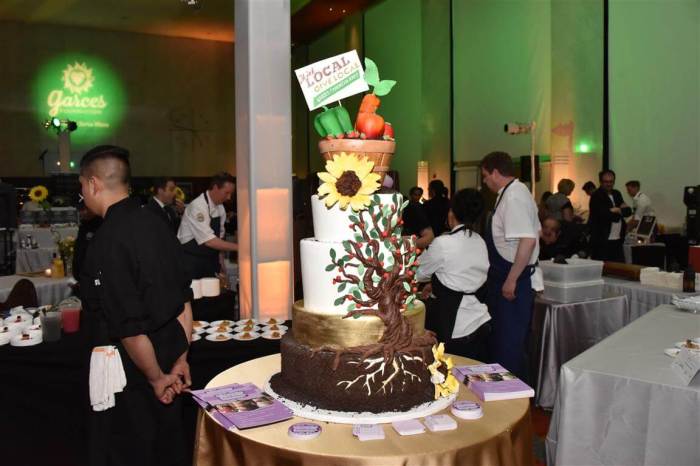A porcelain berry vine snaked through a bramble inside the North Woods at Central Park, slowly choking trees, flowers and bushes.
John Cannelli, 62, reached into the greenery and deftly ripped the vine out.
“It’s the never-ending war against the weeds,” said Cannelli, a Central Park Conservancy volunteer, before reaching for another vine.
On the front lines in Central Park’s battle against invasive plants, volunteers play a crucial role in literally weeding out potentially harmful species like the porcelain berry. Left unchecked, invasive plants can starve out native species by stealing nutrients, officials said.
While the city’s Parks Department handles wildlife, the Central Park Conservancy is responsible for maintaining plants, trees and turf.
The Conservancy has 502 active volunteers, including 257 horticulture volunteers who may help out with detailed weeding. On a mild July morning last week, I joined Cannelli and two other volunteers inside the bramble.
 Anna Sanders uses a shovel to remove the root of a porcelain berry vine from a section of Central Park.
Anna Sanders uses a shovel to remove the root of a porcelain berry vine from a section of Central Park.
Credit: Bess Adler/Metro
The porcelain berry had twisted around each limb on a young elm. In some places the vine was coiled so tightly that branches looked like swollen fingers with their circulation cut off by string.
It took me five minutes to find the vine’s root and another 15 minutes to dig it up — the best way to get rid of the weed but difficult to do when you don’t want to harm other plants.
“By next week it will be back or something else will be in its place,” said Michael Delillo,the field volunteer program’s coordinator. He shrugged, and tore porcelain berry vine from a young cherry tree.
Porcelain berry is just one of a couple dozen weeds and invasive plants in Central Park that can consume 75 percent of the Conservancy horticulture team’s time in warmer months. The vines can grow up to 15 feet long and are native to northeast Asia and Russia’s Far East, according to the National Park Service. They were introduced in America as a landscape plant, but spread quickly through animal feces and other means.
 The porcelain berry, an invasive vine in Central Park, twists around other plant species and steals nutrients.
The porcelain berry, an invasive vine in Central Park, twists around other plant species and steals nutrients.
Credit: Bess Adler/Metro
Invasive species aren’t harmful in their natural environments, explained Maria Hernandez, the Conservancy’s Director of Horticulture. In their home domain, such species would have natural competition or predators to keep them in check.
“But in the right environment it will become incredibly invasive,” Hernandez said.
The Conservancy will use herbicides as back up, but manual weeding of invasive plants is done whenever possible.
The work is frustrating, but necessary if the Conservancy wants to keep weeds like porcelain berry from overtaking the bramble where we worked. The vine could spread past fences, onto pastures, grass and the park’s baseball fields, Delillo said.
 Central Park Conservancy volunteer Joe Kusiak removes porcelain berry, an invasive vine, from a section of Central Park.
Central Park Conservancy volunteer Joe Kusiak removes porcelain berry, an invasive vine, from a section of Central Park.
Credit: Bess Adler/Metro
Volunteers have been weeding this small piece of the park for more than a year. It doesn’t exactly show.
“No one looking from the outside knowns that anyone is pulling anything out of here,” said volunteer Joe Kusiak, 62.
Eventually, like all the Conservancy’s volunteers, this horticulture group will continue their work unsupervised, Delillo said. The group said volunteering gives them a chance give back to their community and spend time outdoors.
Caryl Baron, 72, said she likes seeing glimpses of new life while ripping out the weeds.
“What I love about gardening is seeing things grow,” she said with a wry smile.
Follow Anna Sanders on Twitter @AnnaESanders


















